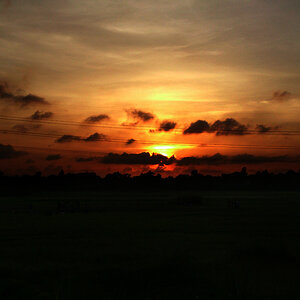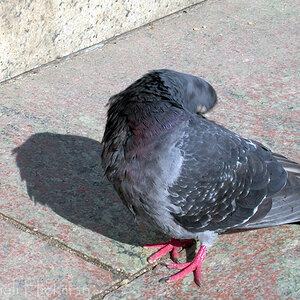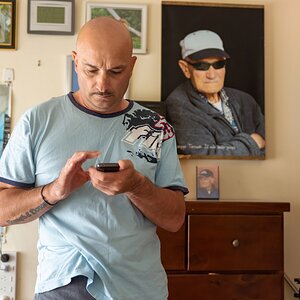duelinthedeep
TPF Noob!
Is there a way to know how many feet a certain aperture gives you?
for example- f/10= 25ft. i have been taking pictures of kids playing and running and its quite hard when they're a certain amount of feet in front of you and you want a shallow background but them in focus.
thanks in advance:thumbup:
for example- f/10= 25ft. i have been taking pictures of kids playing and running and its quite hard when they're a certain amount of feet in front of you and you want a shallow background but them in focus.
thanks in advance:thumbup:







![[No title]](/data/xfmg/thumbnail/37/37603-739c5d9b541a083a12f2f30e45ca2b7b.jpg?1619738147)



